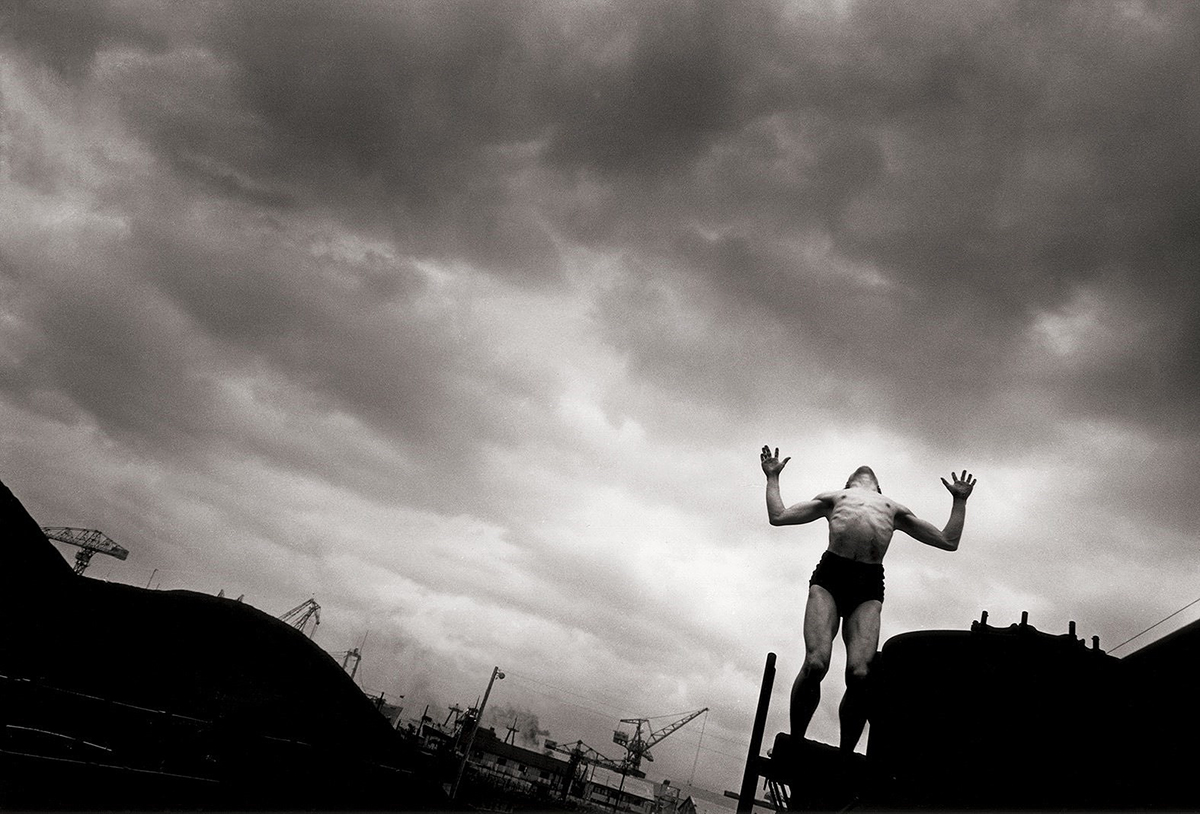Being an Artist,…and Not a Photographer
Eikoh Hosoe and Daidō Moriyama are two towering figures in the history of Japanese photography, both of whom have made indelible marks on the international art world with their bold, experimental work. Though they represent different generations and photographic styles, their mentor-mentee relationship has contributed significantly to the evolution of modern Japanese photography. Together, they have explored the dark, surreal, and deeply human aspects of post-war Japanese society, while pushing the boundaries of photographic expression.
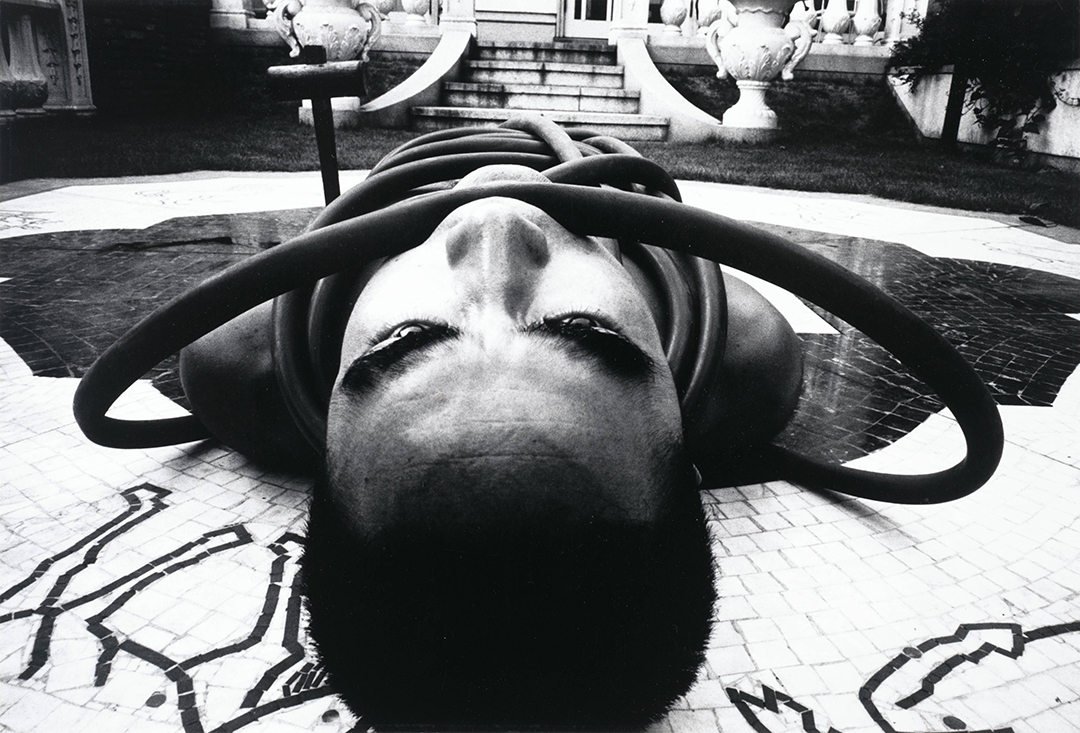
Eikoh Hosoe: A Pioneer of Avant-Garde Photography
Eikoh Hosoe, born in 1933 in Yamagata, Japan, came to prominence in the 1950s and 60s during a time when Japan was undergoing rapid modernization and grappling with the aftereffects of World War II. Hosoe’s work is deeply rooted in the existential crises and cultural dislocations of the era. His photography blurs the lines between reality and fantasy, life and death, and is often infused with a surreal, theatrical quality.
One of Hosoe’s most iconic collaborations was with the writer Yukio Mishima, resulting in the series Barakei (Ordeal by Roses), published in 1963. In this haunting collection of images, Mishima is depicted in a series of stylized, often eroticized poses, juxtaposed against a backdrop of symbolic, decaying beauty. The work delves deep into Mishima’s obsessions with death, eroticism, and the pursuit of an idealized, heroic life. Barakei broke away from traditional documentary photography and established Hosoe as a master of psychological portraiture, presenting a vision that was not merely photographic but cinematic in its intensity and scope.
Another significant series in Hosoe’s body of work is Kamaitachi (1969), a collaboration with butoh dancer Tatsumi Hijikata. Set in the rural countryside of Japan, the series depicts Hijikata as a mythical, weasel-like demon figure called the kamaitachi. The photographs are imbued with raw energy and movement, embodying a clash between man and nature, modernity and tradition. Hosoe’s focus on surreal and allegorical imagery in Kamaitachi reflects his broader interest in the subconscious and the darker aspects of human existence, themes that would influence his mentee, Daidō Moriyama.
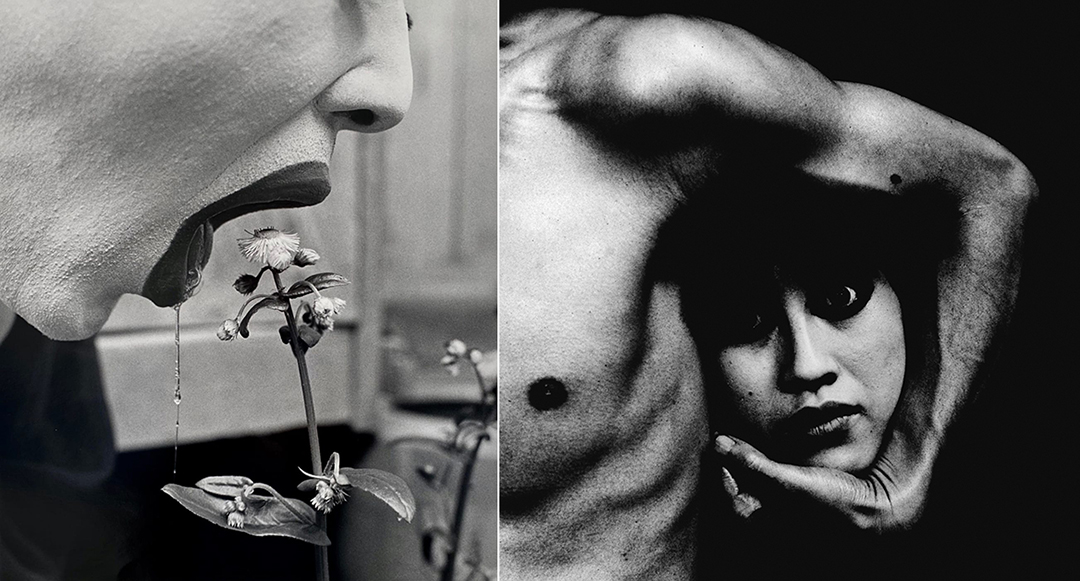
Daidō Moriyama: The Rebel Protégé
Daidō Moriyama, born in 1938, emerged as a key figure in the Japanese photography scene a decade after Hosoe. Though initially trained as a graphic designer, Moriyama’s shift to photography was largely influenced by his apprenticeship with Hosoe. Working as Hosoe’s assistant in the mid-1960s, Moriyama was deeply affected by Hosoe’s artistic approach, particularly his use of photography as a means of expressing inner psychological states rather than merely documenting the external world.
However, while Hosoe’s images often carried a theatrical, symbolic weight, Moriyama took a more anarchic, street-level approach to photography. His work, deeply influenced by the chaos and rapid transformation of urban life in post-war Japan, depicted the gritty, often disorienting experience of city living. Moriyama embraced a raw, almost punk aesthetic, using high-contrast black-and-white imagery, grainy textures, and blurred focus to create a sense of movement and dislocation. His 1972 book Shashin yo Sayonara (Farewell Photography) is a seminal example of this style, where images appear fragmented and chaotic, rejecting the traditional notions of photographic clarity and composition.
One of Moriyama’s most iconic works is Stray Dog (1971), an image that has come to symbolize his broader oeuvre. The photograph of a lone dog wandering the streets of Misawa, a small Japanese town, captures both the alienation and resilience of post-war Japanese society. Like Hosoe, Moriyama was interested in the psychological and existential aspects of photography, but his focus was on the fragmented, disjointed reality of urban life rather than the surreal, allegorical worlds Hosoe created.
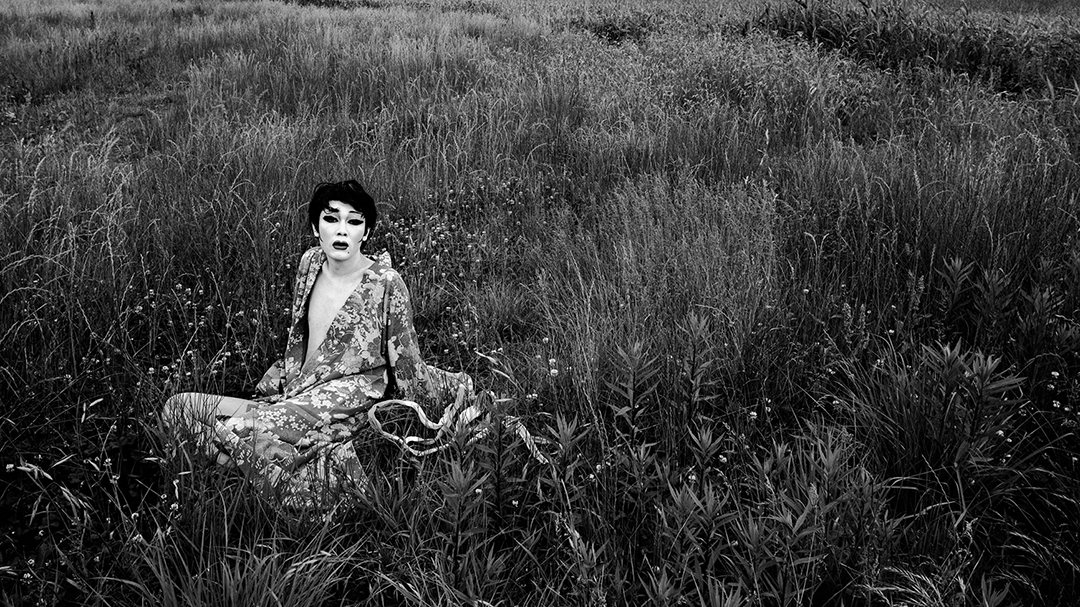
Mentor and Mentee: A Creative Exchange
The relationship between Hosoe and Moriyama can be seen as one of both mentorship and rebellion. While Hosoe taught Moriyama the importance of using photography as a medium for expressing inner emotions and existential questions, Moriyama took these lessons and applied them in his own distinctive, radical way. Their collaboration highlights the duality in Japanese photography during the post-war period: Hosoe represented the allegorical, symbolic side, while Moriyama embraced the chaotic, fragmented experience of modern life.
Hosoe’s influence on Moriyama can be seen in the way both artists use the camera to challenge traditional notions of beauty and reality. They both reject the idea of photography as a neutral or objective medium. For Hosoe, photography was a way to explore the subconscious, a journey into the darker aspects of the human soul. For Moriyama, photography was a tool to capture the fragmented, often alienating nature of modern existence. Both pushed against the boundaries of what photography could be, and their mentor-mentee relationship played a crucial role in shaping the trajectory of Japanese photography.
Eikoh Hosoe and Daidō Moriyama are two towering figures in the history of Japanese photography, both of whom have made indelible marks on the international art world with their bold, experimental work. Though they represent different generations and photographic styles, their mentor-mentee relationship has contributed significantly to the evolution of modern Japanese photography. Together, they have explored the dark, surreal, and deeply human aspects of post-war Japanese society, while pushing the boundaries of photographic expression.
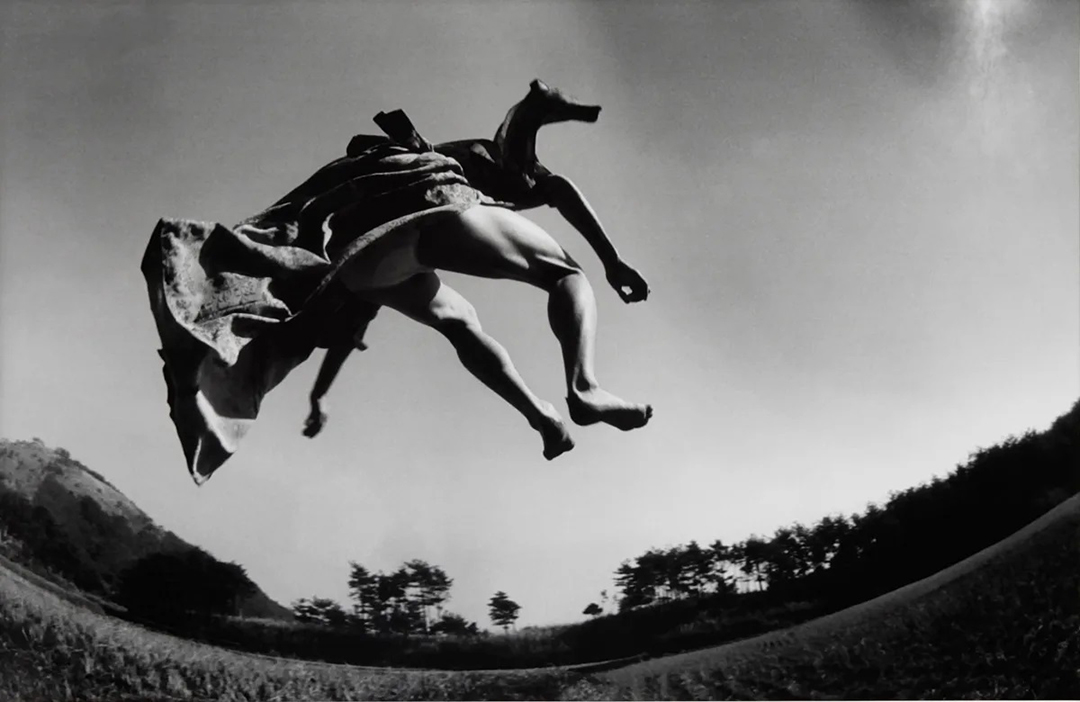
Eikoh Hosoe and Daidō Moriyama Legacy
Eikoh Hosoe and Daidō Moriyama are now both regarded as giants in the world of photography, and their works continue to inspire new generations of artists. While their styles differ dramatically, the shared philosophical underpinnings of their art—an exploration of the human psyche and the rejection of traditional aesthetics—unite them in their contributions to the evolution of the photographic medium. Through their dynamic mentor-mentee relationship, Hosoe and Moriyama left an indelible mark on the world of avant-garde and documentary photography alike.
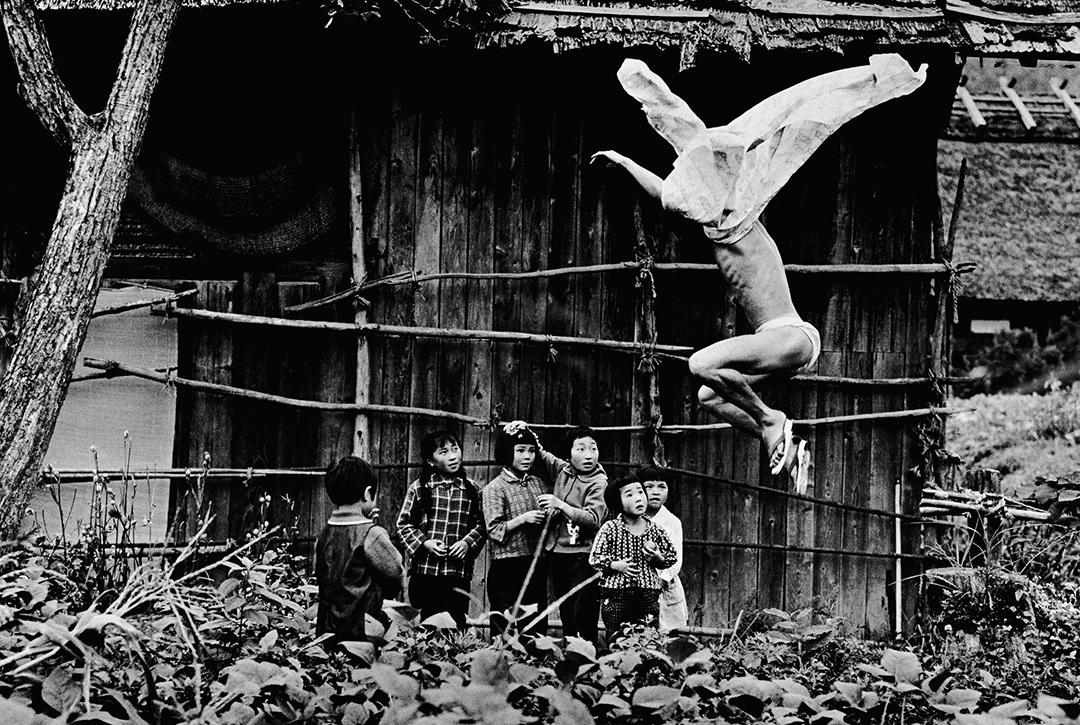
Eikoh Hosoe and Daidō Moriyama are now both regarded as giants in the world of photography, and their works continue to inspire new generations of artists. While their styles differ dramatically, the shared philosophical underpinnings of their art—an exploration of the human psyche and the rejection of traditional aesthetics—unite them in their contributions to the evolution of the photographic medium. Through their dynamic mentor-mentee relationship, Hosoe and Moriyama left an indelible mark on the world of avant-garde and documentary photography alike.


